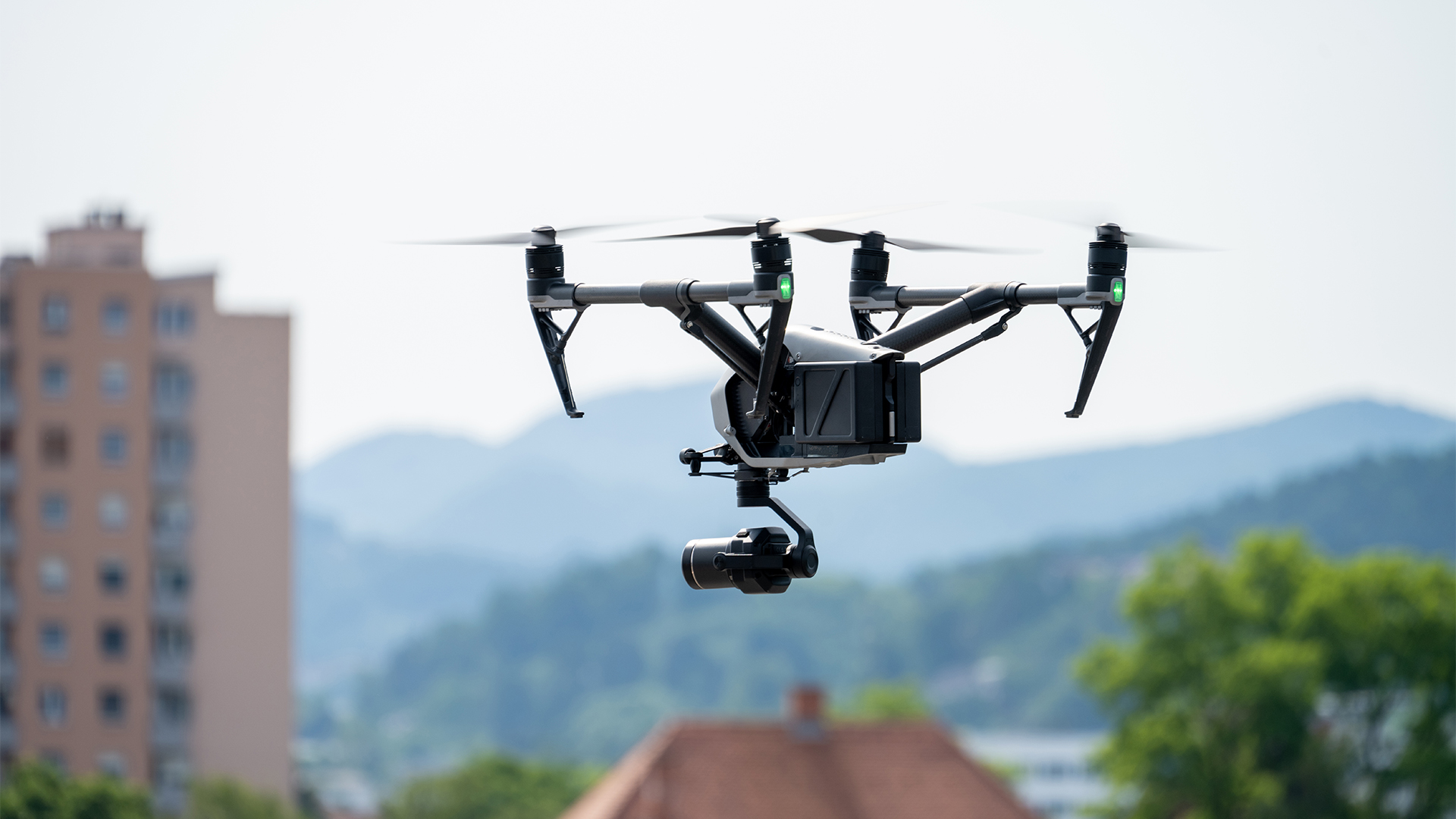AI drone that could hunt and kill people built in just hours by scientist 'for a game'
The scientist who configured a small drone to target people with facial recognition and chase them at full speed warns we have no defenses against such weapons.

It only takes a few hours to configure a small, commercially available drone to hunt down a target by itself, a scientist has warned.
Luis Wenus, an entrepreneur and engineer, incorporated an artificial intelligence (AI) system into a small drone to chase people around "as a game," he wrote in a post on March 2 on X, formerly known as Twitter. But he soon realized it could easily be configured to contain an explosive payload.
Collaborating with Robert Lukoszko, another engineer, he configured the drone to use an object-detection model to find people and fly toward them at full speed, he said. The engineers also built facial recognition into the drone, which works at a range of up to 33 feet (10 meters). This means a weaponized version of the drone could be used to attack a specific person or set of targets.
Related: 3 scary breakthroughs AI will make in 2024
"This literally took just a few hours to build, and made me realize how scary it is," Wenus wrote. "You could easily strap a small amount of explosives on these and let 100's of them fly around. We check for bombs and guns but THERE ARE NO ANTI-DRONE SYSTEMS FOR BIG EVENTS & PUBLIC SPACES YET."
Wenus described himself as an "open source absolutist," meaning he believes in always sharing code and software through open source channels. He also identifies as an "e/acc" — which is a school of thinking among AI researchers that refers to wanting to accelerate AI research regardless of the downsides, due to a belief that the upsides will always outweigh them. He said, however, that he would not publish any code relating to this experiment.
we built an AI-controlled homing/killer drone -- full video pic.twitter.com/xJVlkswKaqMarch 2, 2024
He also warned that a terror attack could be orchestrated in the near future using this kind of technology. While people need technical knowledge to engineer such a system, it will become easier and easier to write the software as time passes, partially due to advancements in AI as an assistant in writing code, he noted.
Get the world’s most fascinating discoveries delivered straight to your inbox.
Wenus said his experiment showed that society urgently needs to build anti-drone systems for civilian spaces where large crowds could gather. There are several countermeasures that society can build, according to Robin Radar, including cameras, acoustic sensors and radar to detect drones. Disrupting them, however, could require technologies such as radio frequency jammers, GPS spoofers, net guns, as well as high-energy lasers.
While such weapons haven't been deployed in civilian environments, they have been previously conceptualized and deployed in the context of warfare. Ukraine, for example, has developed explosive drones in response to Russia's invasion, according to the Wall Street Journal (WSJ).
The U.S. military is also working on ways to build and control swarms of small drones that can attack targets. It follows the U.S. Navy's efforts after it first demonstrated that it could control a swarm of 30 drones with explosives in 2017, according to MIT Technology Review.

Keumars is the technology editor at Live Science. He has written for a variety of publications including ITPro, The Week Digital, ComputerActive, The Independent, The Observer, Metro and TechRadar Pro. He has worked as a technology journalist for more than five years, having previously held the role of features editor with ITPro. He is an NCTJ-qualified journalist and has a degree in biomedical sciences from Queen Mary, University of London. He's also registered as a foundational chartered manager with the Chartered Management Institute (CMI), having qualified as a Level 3 Team leader with distinction in 2023.
 Live Science Plus
Live Science Plus





